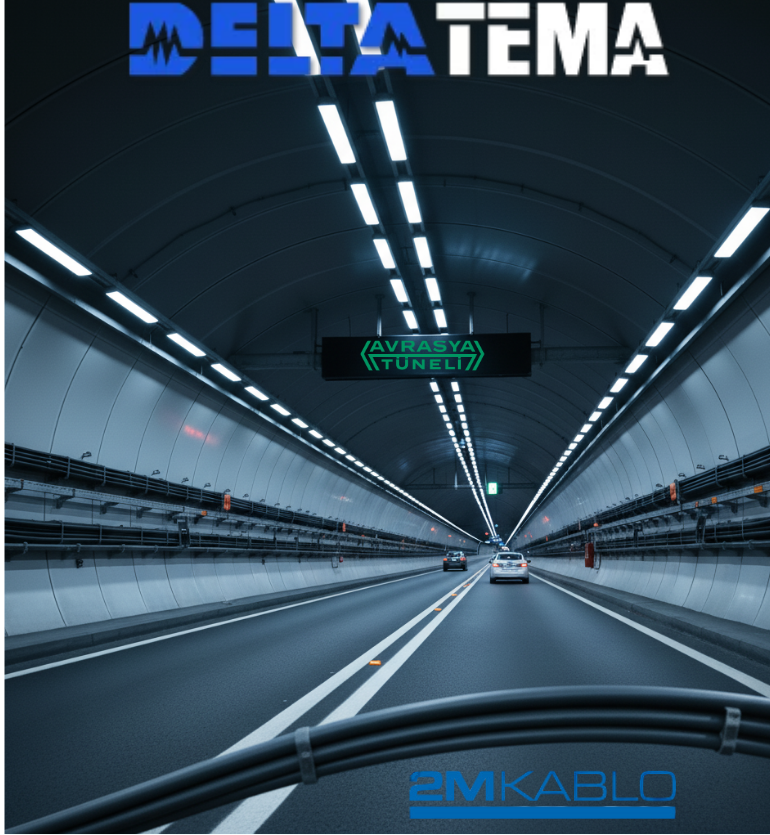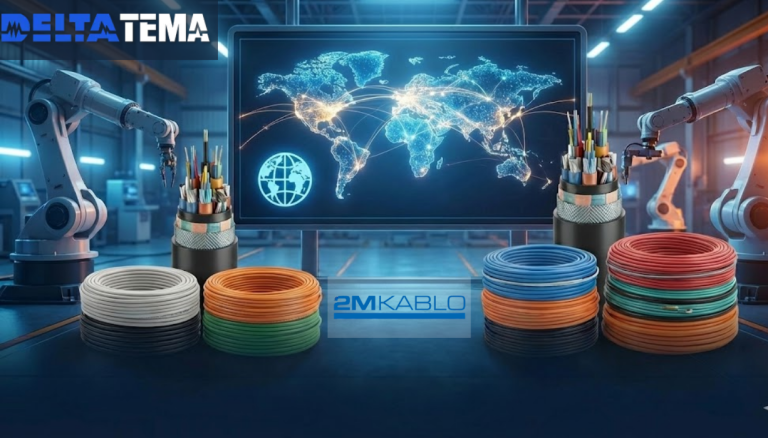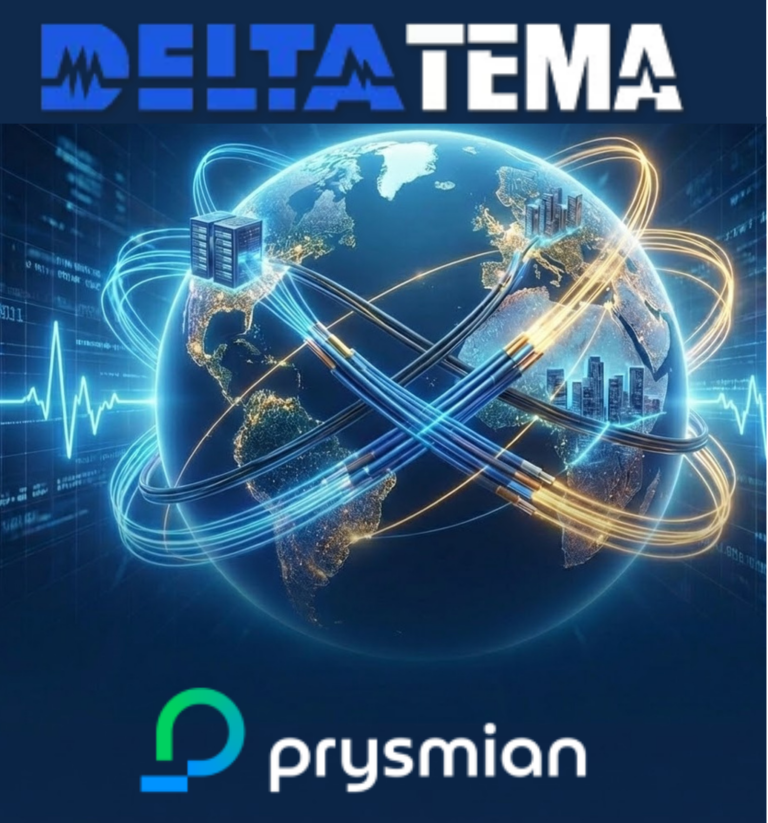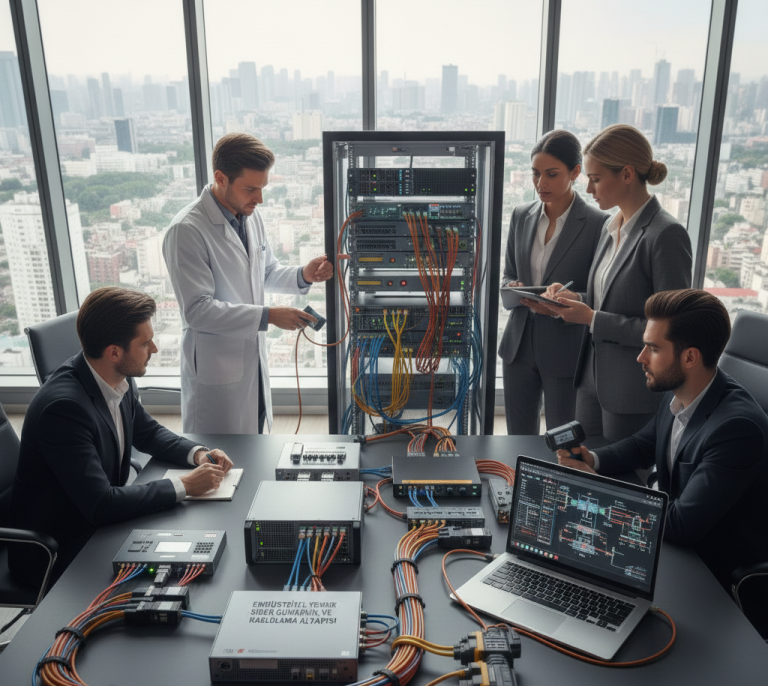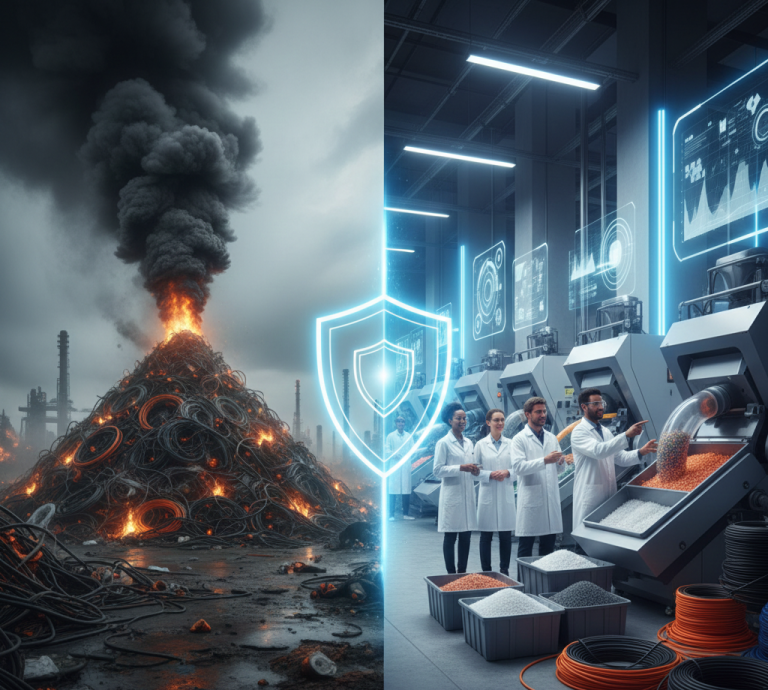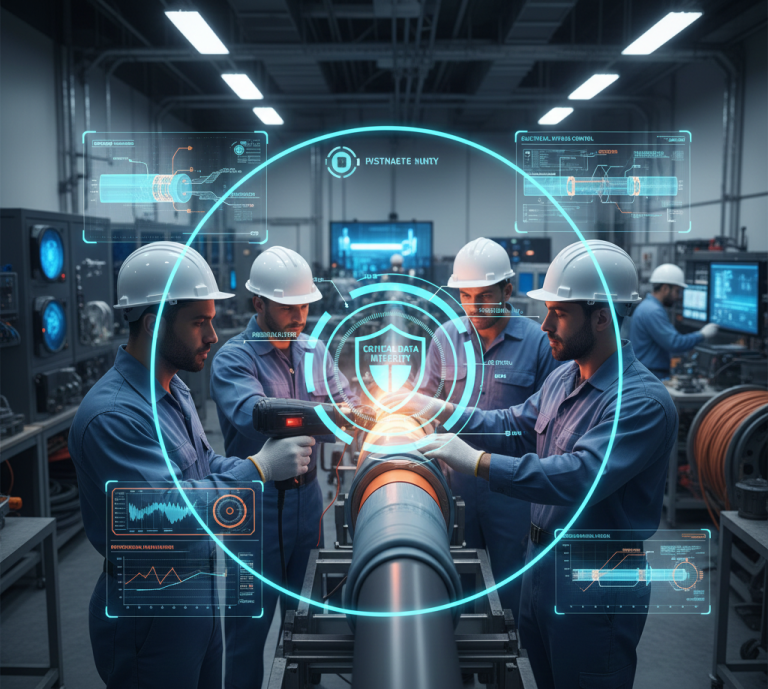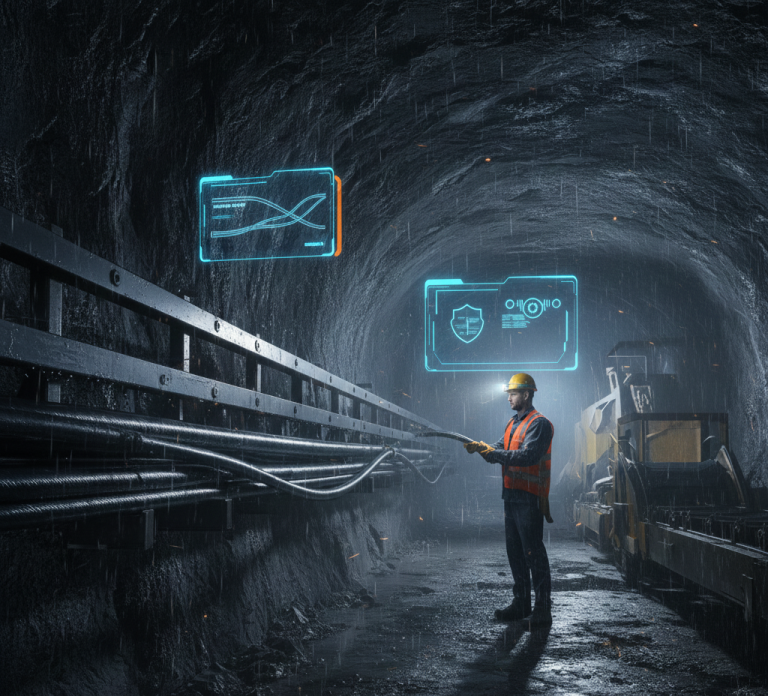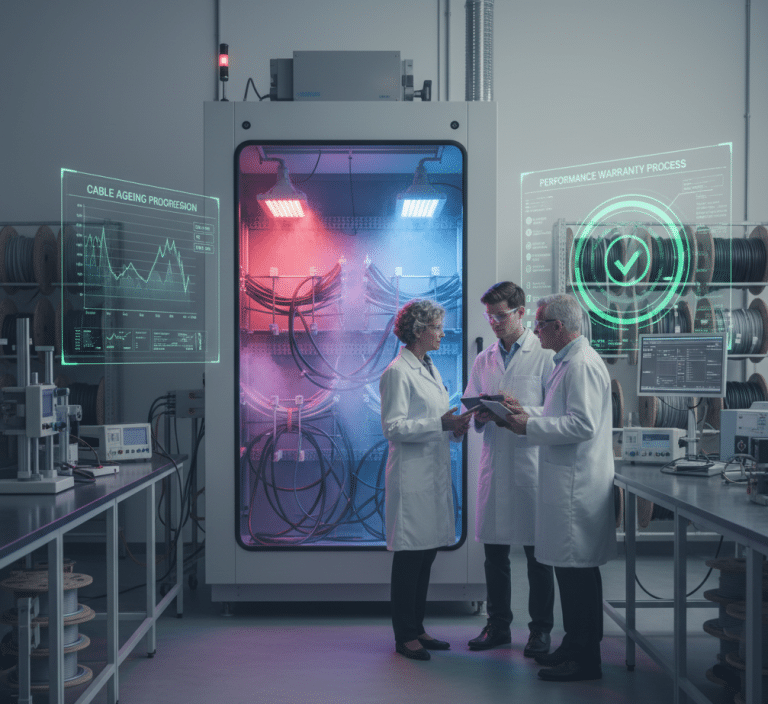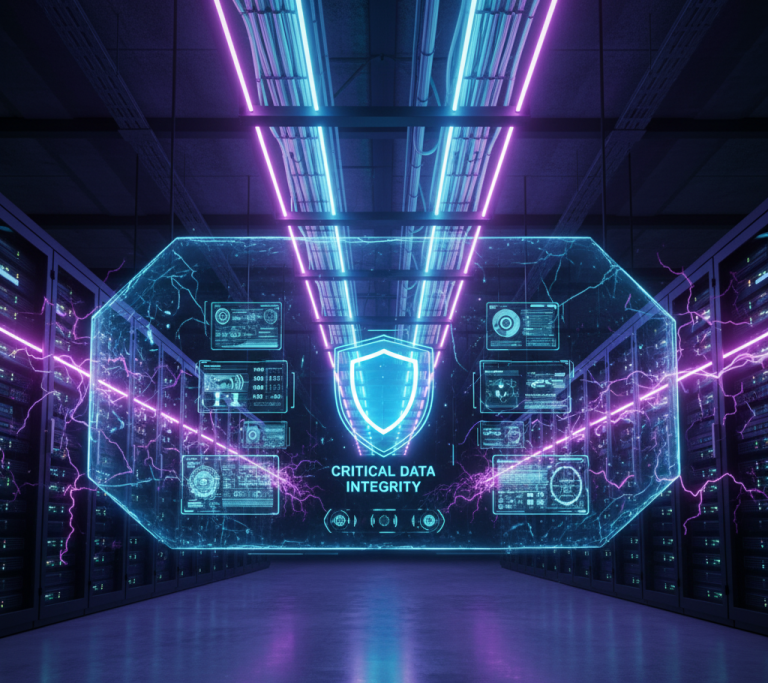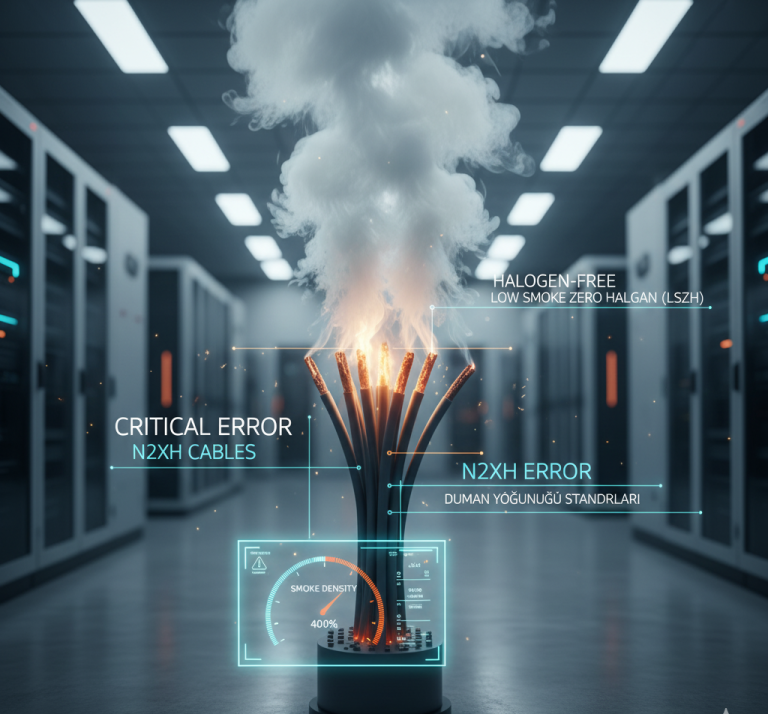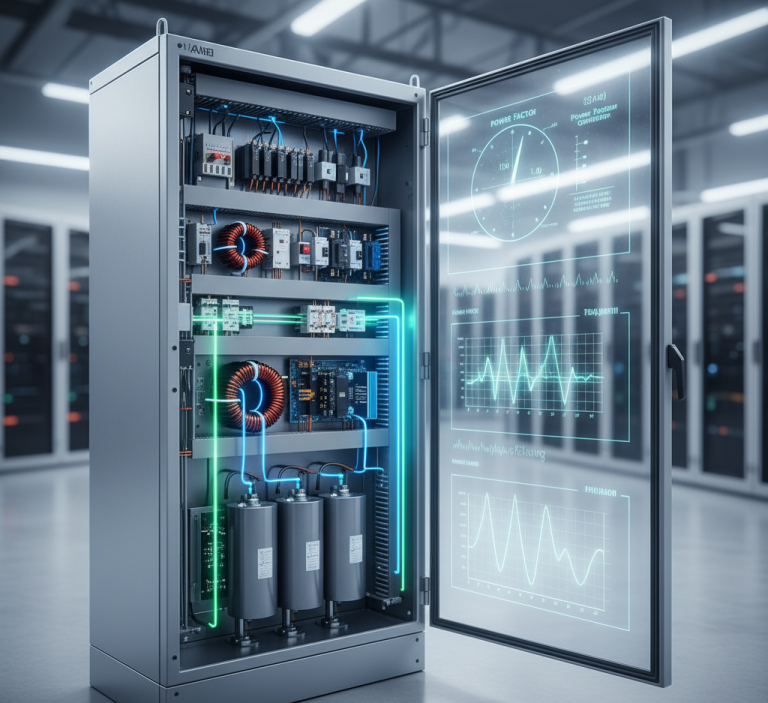The Eurasia Tunnel Project is one of the most significant Istanbul subsea tunnel projects, connecting the Asian and European sides by road under the seabed. This subsea tunnel, which reduces a travel time that could exceed 100 minutes in heavy traffic to just 15 minutes, is not merely a convenience for transportation but also one of the world’s most challenging engineering and safety projects. The success of a subsea tunnel project depends, more than on its reinforced concrete structure, on the uninterrupted operation of the vital systems inside (ventilation, signaling, fire alarms). The expertise of global leaders like Prysmian and 2M Kablo is essential to providing this critical infrastructure.
In this comprehensive guide, we will analyze the electrical infrastructure of the Eurasia Tunnel Project, examine the special cable solutions used, and answer frequently asked questions such as “How much does the Avrasya subsea tunnel cost?”.
The Engineering Marvel of the Eurasia Tunnel and Its Cable Requirements
The Eurasia Tunnel is unique with its depth exceeding 100 meters and its double-deck structure. Every material used in the tunnel had to demonstrate superior resistance to both high pressure and the risk of fire. The construction of this giant project required the most advanced technology in the cable sector:
- Cables for the TBM Tunnel Boring Machine: At the project’s start, the Tunnel Boring Machine (TBM) that excavated the tunnel beneath the seabed had a massive energy requirement. The cable supplying electrical current to this machine was specially designed and produced by Prysmian Group in Italy. This demonstrates the strength of the high-performance cable solutions Prysmian produces for heavy industry and harsh conditions.
- Fire Safety: A fire in a closed space like the tunnel can quickly escalate into a disaster. Therefore, it is vital that essential systems (ventilation, lighting, communication, fire alarms) continue to function for the specified duration (up to 180 minutes) even during a fire.

Expertise in Life Safety: 2M Kablo Solutions
2M Kablo is the brand that supplied the special weak current cables for the vital electronic and communication infrastructure of the Eurasia Tunnel Project. The cables provided by 2M Kablo played a critical role in terms of safety and data integrity:
- Fire-Resistant Signal and Control Cables: Fire-resistant signal and control cables from 2M Kablo were preferred to ensure the uninterrupted transmission of data from the tunnel to the operation center. The ability of these cables to continue transmitting signals under flame for up to 180 minutes bought critical time for rescue and fire fighting teams.
- Halogen-Free (HFFR) Structure: HFFR cables, specially designed by 2M Kablo not containing halogen gas, prevented the spread of toxic gases harmful to human health that could arise from overheating or burning. This maximizes evacuation safety in the closed subsea tunnel environment.
- Communication Cables (Data Cables): Specialized data cables, such as RS485 communication cables, were also produced by 2M Kablo to ensure data flow between sensors and control units inside the tunnel.
Energy and Communication Backbone: Prysmian’s Critical Role
Prysmian Group played a key role not only in the construction phase (TBM cable) but also in the operational communication infrastructure:
- Fiber Optic Cables: The entire data and telecommunication backbone of the project was laid with Prysmian’s Firetuff-featured fiber optic cables.
- Radio Broadcasting System: The specialized coaxial antenna cables, spanning 15 kilometers, required for the Eurasia Tunnel’s FM broadcasting system, along with their accessories, were also supplied by Prysmian Group.
FAQs: Toll Fee and Other Subsea Tunnel Projects
One of the most frequently asked questions about the Eurasia Tunnel is “How much does the Avrasya subsea tunnel cost?”. Since the financing of Istanbul subsea tunnel projects is provided by the Build-Operate-Transfer (BOT) model, toll fees are updated annually.
- Current Toll Information: You can find the current toll information on the Eurasia Tunnel’s official website.
- Istanbul Subsea Tunnel: The Eurasia Tunnel is the second vehicular subsea tunnel project after Marmaray, the first Istanbul subsea tunnel project. Furthermore, the planned “Great Istanbul Tunnel” project (a three-deck tunnel) is another significant step for the city’s transport future.
Conclusion: Secure Infrastructure with Deltatema
In critical infrastructure projects like the Eurasia Tunnel Project, every piece of high-performance cable used acts as insurance. At Deltatema, we are proud to protect the long-term investment value of projects by providing certified and fire-resistant solutions from brands like 2M Kablo and Prysmian, backed by engineering and logistical assurance from the start. No matter the size of your project, consult Deltatema experts to choose the right material for subsea tunnel standards.
